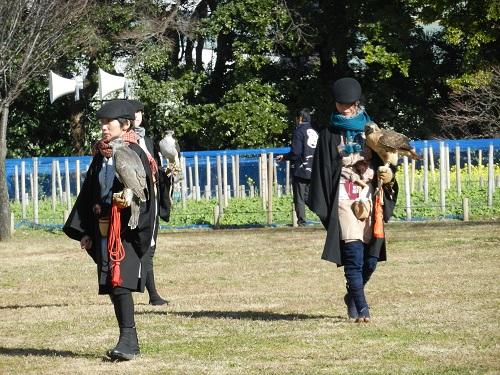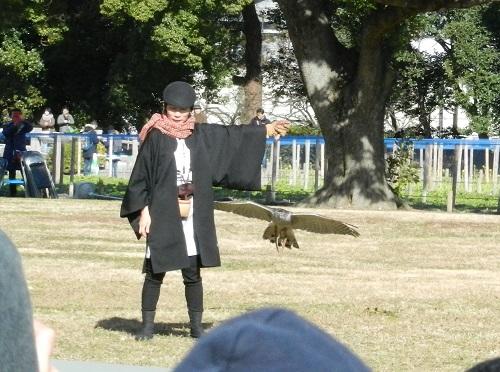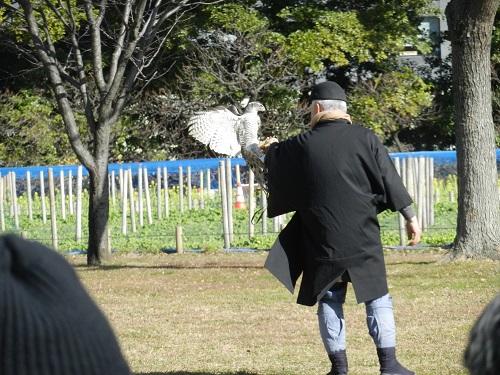On New Year's Day, I watched a demonstration of Suwa-style hawk art held at Hamarikyu on January 2 and 3. Originally, the land of Hamarikyu was the falconry ground of the Shogun family. A mansion was built there, and gardens and other facilities were maintained and renovated as "Hamagoten" at the time of the 6th Shogun Ienobu. Surprisingly, falconry was protected by the government even after the Meiji era, and continued until Hamarikyu became a metropolitan park after the war. At Hamarikyu, which has such a deep connection, we perform a falconry demonstration every year on New Year. Last year it was canceled due to the influence of bird flu. Demonstrations are the falconers of the Suwa-ryu Hotaka Preservation Society. Suwa-ryu is one of the schools of the two shoguns, which has been handed down to the Tokugawa Shogunate and the Imperial Household Agency. He used a hawk named Harris Hawk and northern goshawk for the demonstration.
Since hawks around the ring are nervous, training to walk with hawks to get used to the surrounding environment.
Training to transfer / transfer back, or to fly from person to person
Traditional hawk costume from the Meiji era. By the way, you still wear a bird hat, a so-called hunting cap.
The main event was a demonstration of a hawk that descended suddenly from the roof of the building standing in front to the venue, but there are many wild birds and crows over the venue where they came from. In recent years, it has been seen that Tobi draw circles in the sky on the markets of the Sumida River and Tsukiji. There seems to be a theory that the valley of the building resembles the gorge of habitat.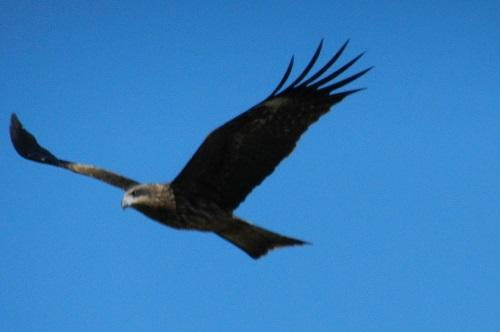
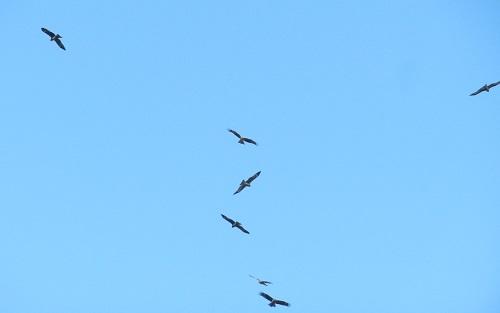
When the hawks flew, they thought they had ruined the territory, and they chased them all at once, and the hawk hiding in a nearby tree, but returned safely after a while.
At the end, there were many questions from the customers to the falconer. Also, it was eye-catching that there were many foreigners. Traditional Japanese art? Is there a lot of interest in that? It was good to be able to see things that are rarely seen by Japanese people in a familiar place in Chuo-ku.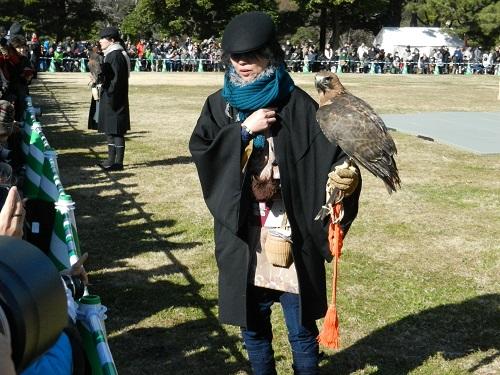
Thank you very much, Mr. Hawk, who saw a lot of trouble.
